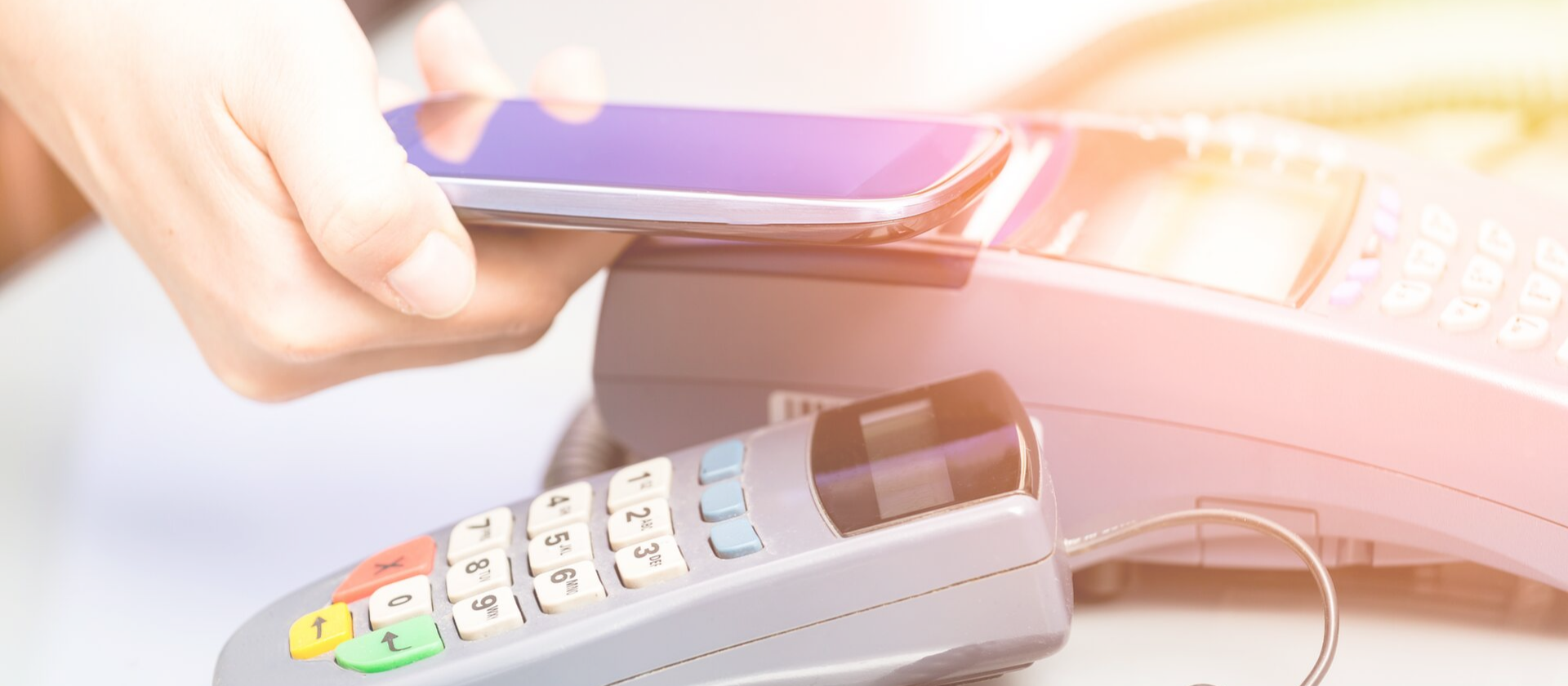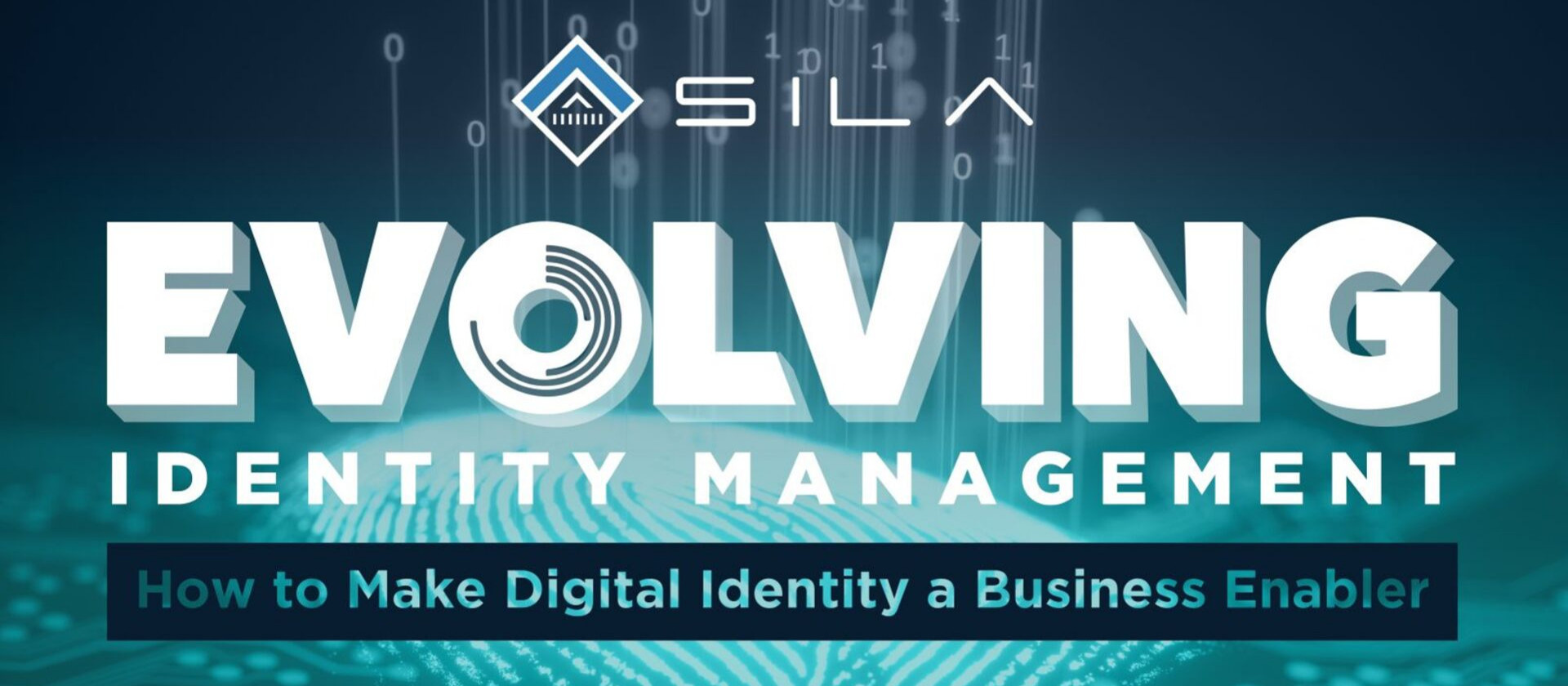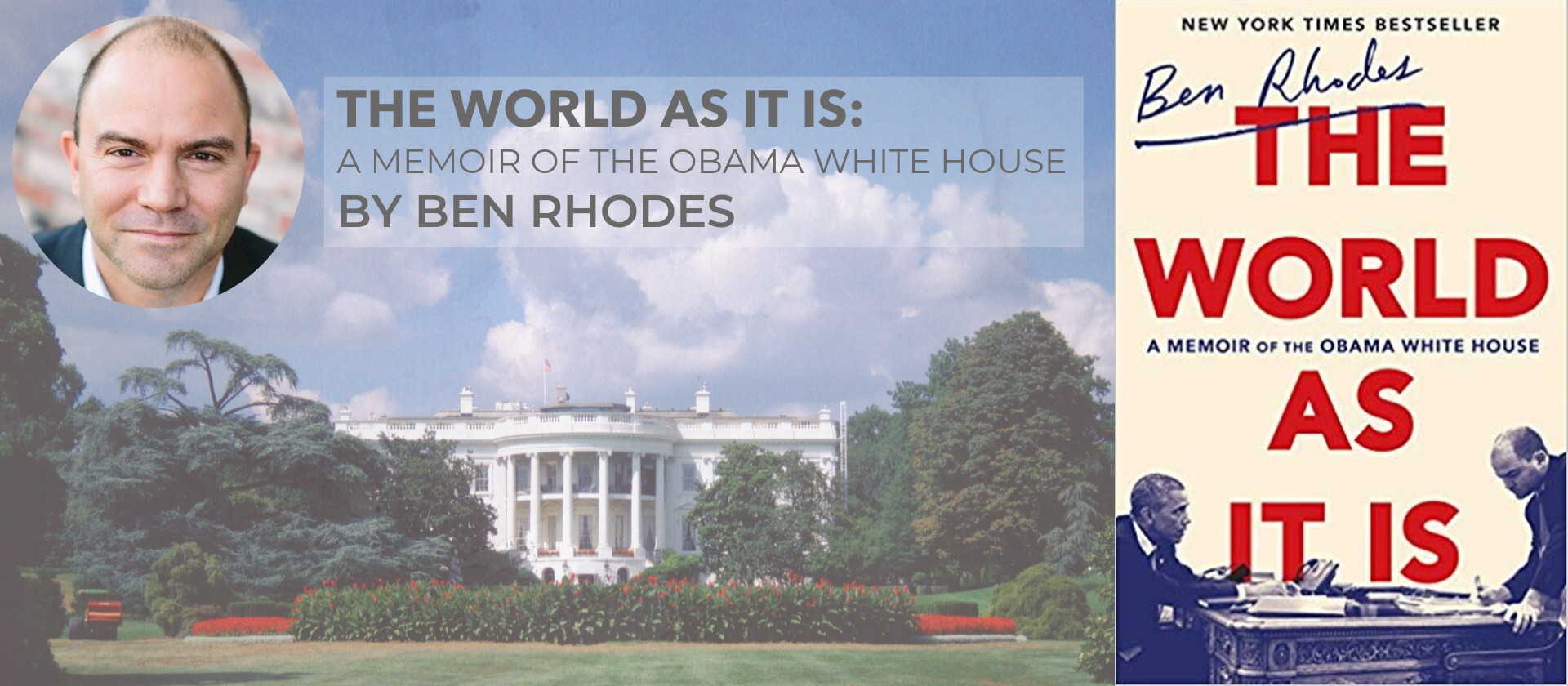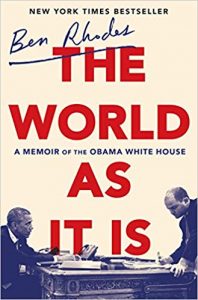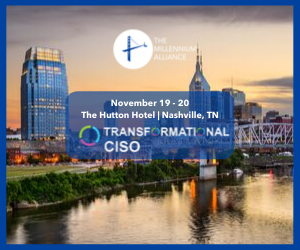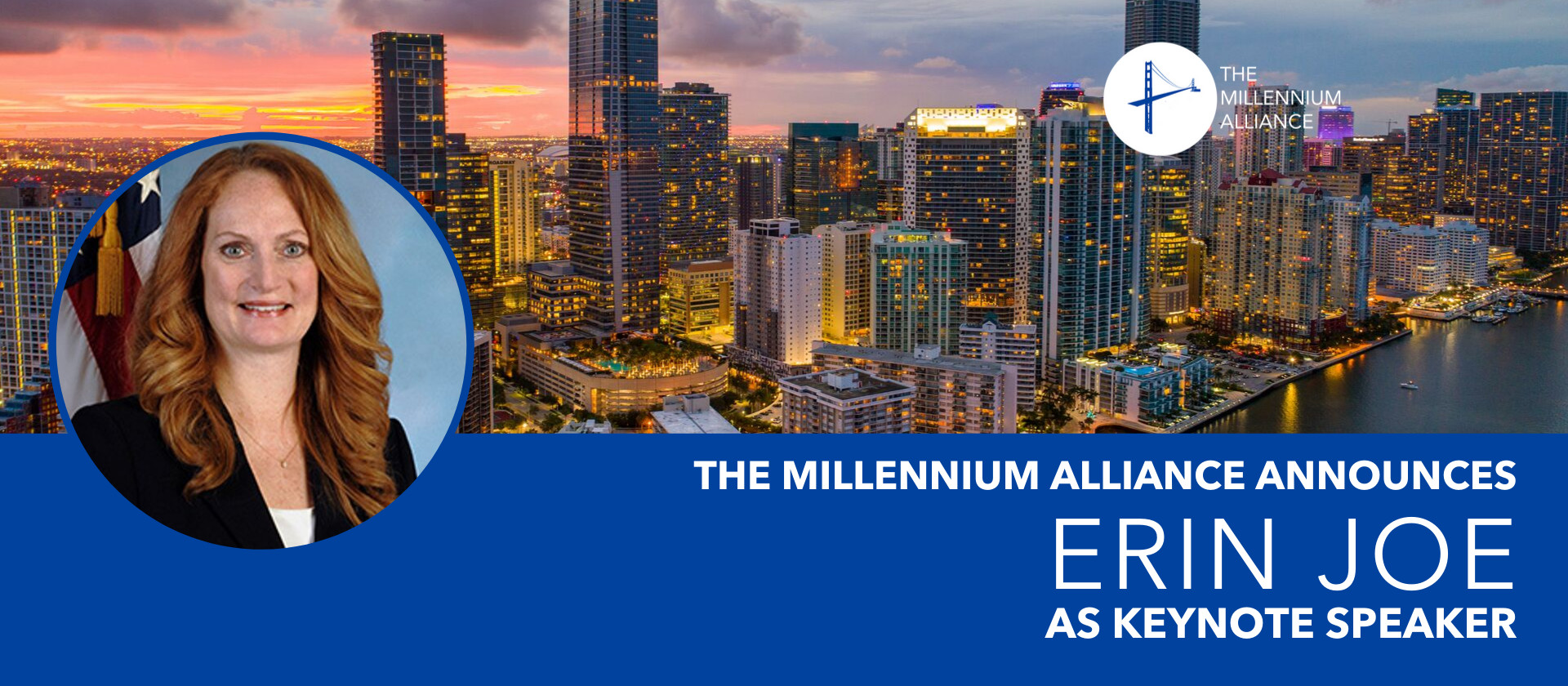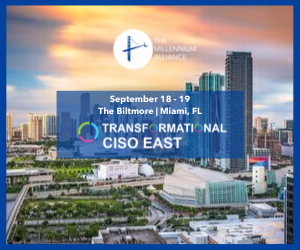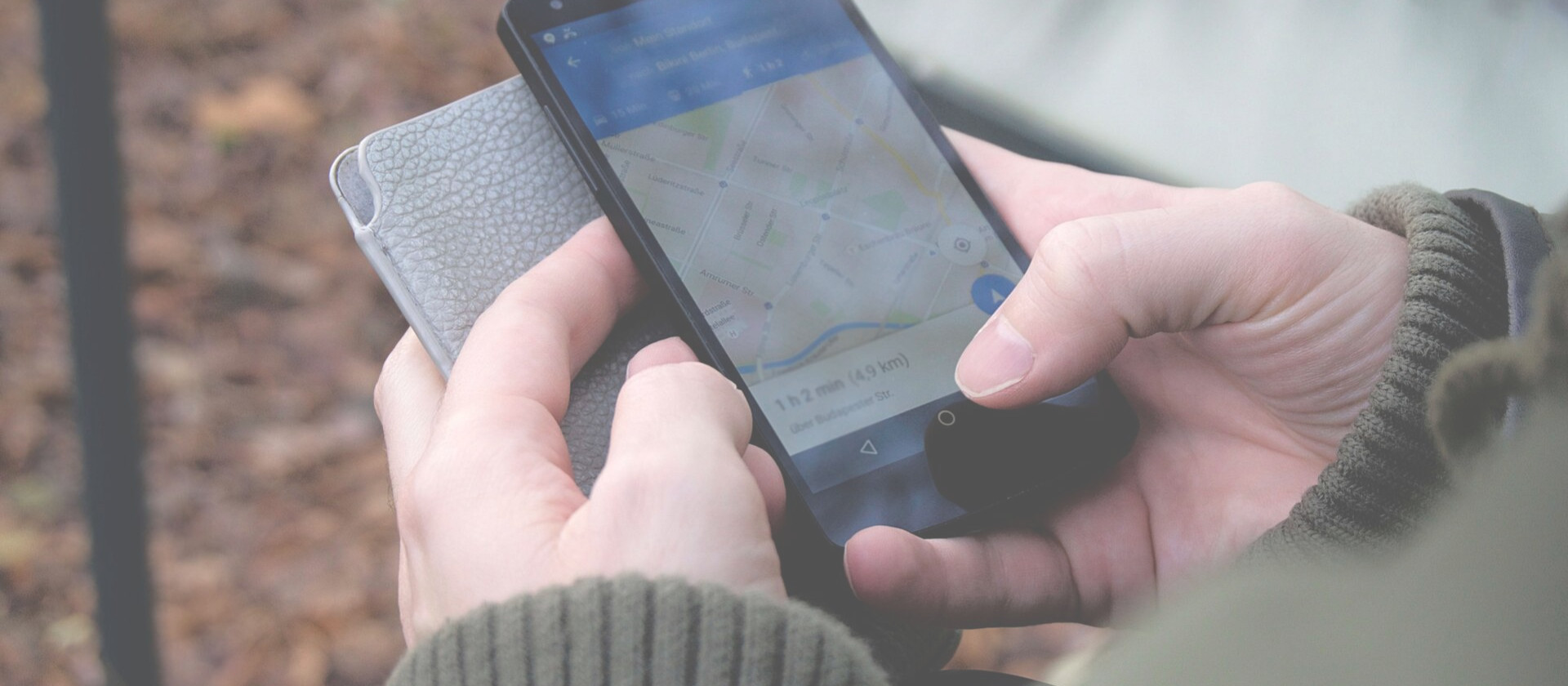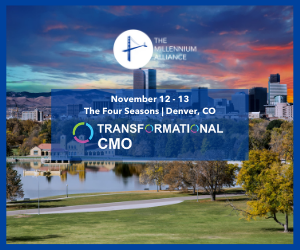Security vulnerabilities are a fact of life. Consequently, technology unicorns, e-commerce conglomerates, governments around the world, and hospitality giants are competing to attract hackers who have one key advantage over traditional methods: they can think like an attacker.
HackerOne is home to the world’s largest hacker community, with the power of nearly half a million hackers in their network. Their latest report emphasizes the pertinence of ethical hacking in cybersecurity and breaks the “hacker stigma” by sharing their stories of positive impact.
They’ve helped find and fix over 130,000 vulnerabilities for 1,500 client organizations, earning hackers more than $67 million in awards—nearly half of that in the past year alone. Based on their findings, they’ve broken down the top vulnerability types by industry, median resolution times, and their typical severity level.
HackerOne is tasked with protecting over 267 million active accounts in more than 200 markets in the world with PayPal, and their Information Security Engineer, Ray Duran stated, “In addition to being able to work with a broader more diverse set of researchers, HackerOne has enabled us to process bounty awards for qualifying submissions faster and get direct feedback from researchers on how to further improve our program.”
With DropBox, HackerOne reported 264 vulnerabilities in the course of just 8 hours, claiming that “Our HackerOne bug bounty program has one of the most permissive scopes in the industry.”
Having a Vulnerability Disclosure Policy has proven to be vital in recent years, despite the fact that 93% of the Forbes Global 2000 companies have no known VDP. Jeff Massimilla, Chief Product Cybersecurity Officer of General Motors claims that, “To improve the security of their connected systems, every corporation should have a vulnerability disclosure policy that allows them to receive security submissions from the outside world.” By the same token, Gartner’s recently predicted that crowd-sourced security solutions will be employed by more than 50% of enterprises by 2022, up from less than 5% today,
Hackers are the solution to the world’s cybersecurity challenges. By investing in people, not just software, we will see the greatest outcome. For full access to HackerOne’s latest report, click here!
THE EVENT FOR SECURITY INDUSTRY LEADERS
HackerOne is pleased to announce our third annual hacker-powered security conference, Security@ San Francisco on Tuesday, October 15th at the Palace of Fine Arts.
Meet industry leaders from some of the most advanced security teams and the top hackers from all over the world. Hear firsthand their challenges, successes, and cybersecurity predictions. This one-day event brings together those who are committed to making the internet a safer place to be. Help to pave the way with the same passionate, security-first-minded people like yourself.
Go here for more information!



